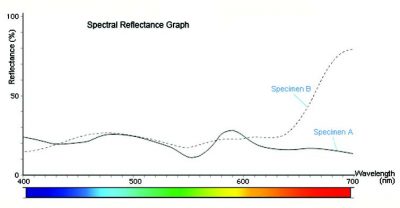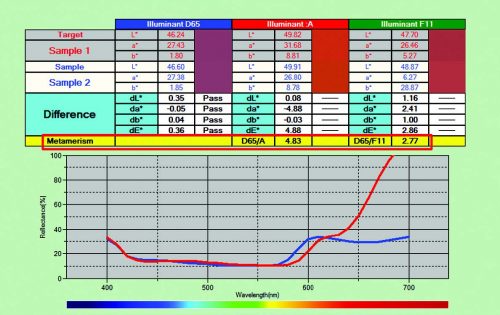Illuminant Metamerism In White Goods
 Illuminant Metamerism or light source metamerism is a phenomenon where two colors appear identical under a specific light source but different under another. Metamerism is a common challenge for appliance manufacturers and is often due to the difference in pigments, dyestuff or materials used.
Illuminant Metamerism or light source metamerism is a phenomenon where two colors appear identical under a specific light source but different under another. Metamerism is a common challenge for appliance manufacturers and is often due to the difference in pigments, dyestuff or materials used.
The exact same colorants should be used when formulating product color to avoid metamerism. However, this is not entirely possible. For example, pigment is the common colorant utilized in paint and plastic while dye is preferred for paper or ink due to its solubility. Implementing a color formulation process is recommended to help identify the colorant combination of each color recipe that is least metameric.
With the help of a spectrophotometer, the spectral reflectance curves of two specimens can be compared to identify metamerism. Specimens are considered metameric when their spectral curves crossed each other at least three times. When used with a color QC software, Metamerism Index (MI) can be calculated to determine the relative color difference between two specimens under two different illuminants.



